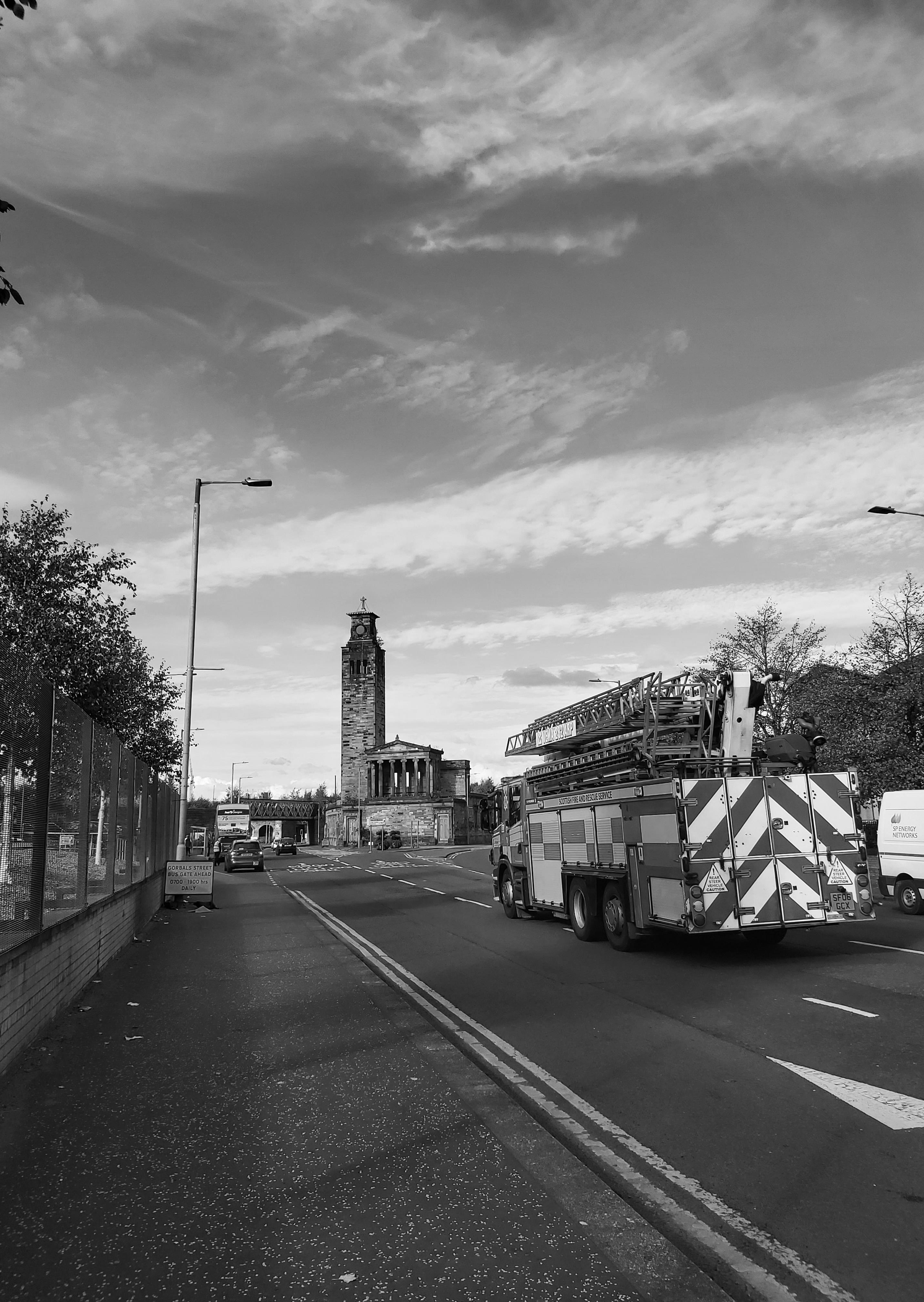
3 minute read
Synopsis
02 Architectural Technology Focus
If possible, I would like to use the holistic WELL building standards in the design of my building. The WELL standards seek human health and well-being in the built environment. The ten concepts of the standards: air, water, nourishment, light, movement, thermal comfort, sound, materials, mind and community will help me to hone all aspects of the project in a productive manner.
Advertisement
One of my favourite concepts of architectural technology is the re-use of ruins within modern buildings or landscapes. In relation to my thesis, a forensic approach to the site sounds reasonable. I would be interested on pairing the ruin with timber frame, or something that will somehow embody memory. Whatever materials I use, I want them to change over time as people pass through, leaving their mark.
In exploring the intersection of writing, crime, and architecture, perhaps I should look at the history of courts and prisons in Glasgow. How does one deal with a site with this kind of history and re-purpose the space? Put up plaques?
03 Bibliography & Sources
Already consulted: • Neary, Lynn, and Tana French. “How To Write A Great Mystery.” NPR. NPR, July 28, 2008. https://www.npr.org/templates/story/story.php?storyId=92995184. • Corbett, David. “The Differences Between a Crime Novel, Mystery Novel and Thriller Novel,” March 13, 2019. https://www. writersdigest.com/write-better- fiction/differences-crime-novel-mystery-novel-thriller-novel. • Gray, Alasdair. Lanark: a Life in Four Books. Edinburgh: Canongate Books, 2016. (not sure that this will be relevant but it’s based in Glasgow)
Soon to be consulted: • “Making Spaces Meaningful through Architectural Storytelling.” The Bartlett. UCL Bartlett School of Architecture, December 8, 2017. https://www.ucl.ac.uk/bartlett/news/2017/dec/ making-spaces-meaningful-through-architectural-storytelling. • Venturi, Robert. Complexity and Contradiction in Architecture: Robert Venturi. Place of publication not identified: Architectural Press/Museum of Modern Art, 1977. • Cramer, Johannes, and Stefan Breitling. Architecture in Existing Fabric: Planning, Design, Building. Basel: Birkhäuser, 2007.
imagining the scene
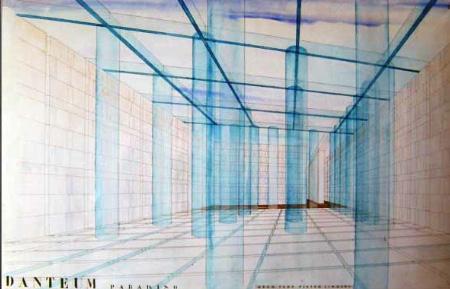
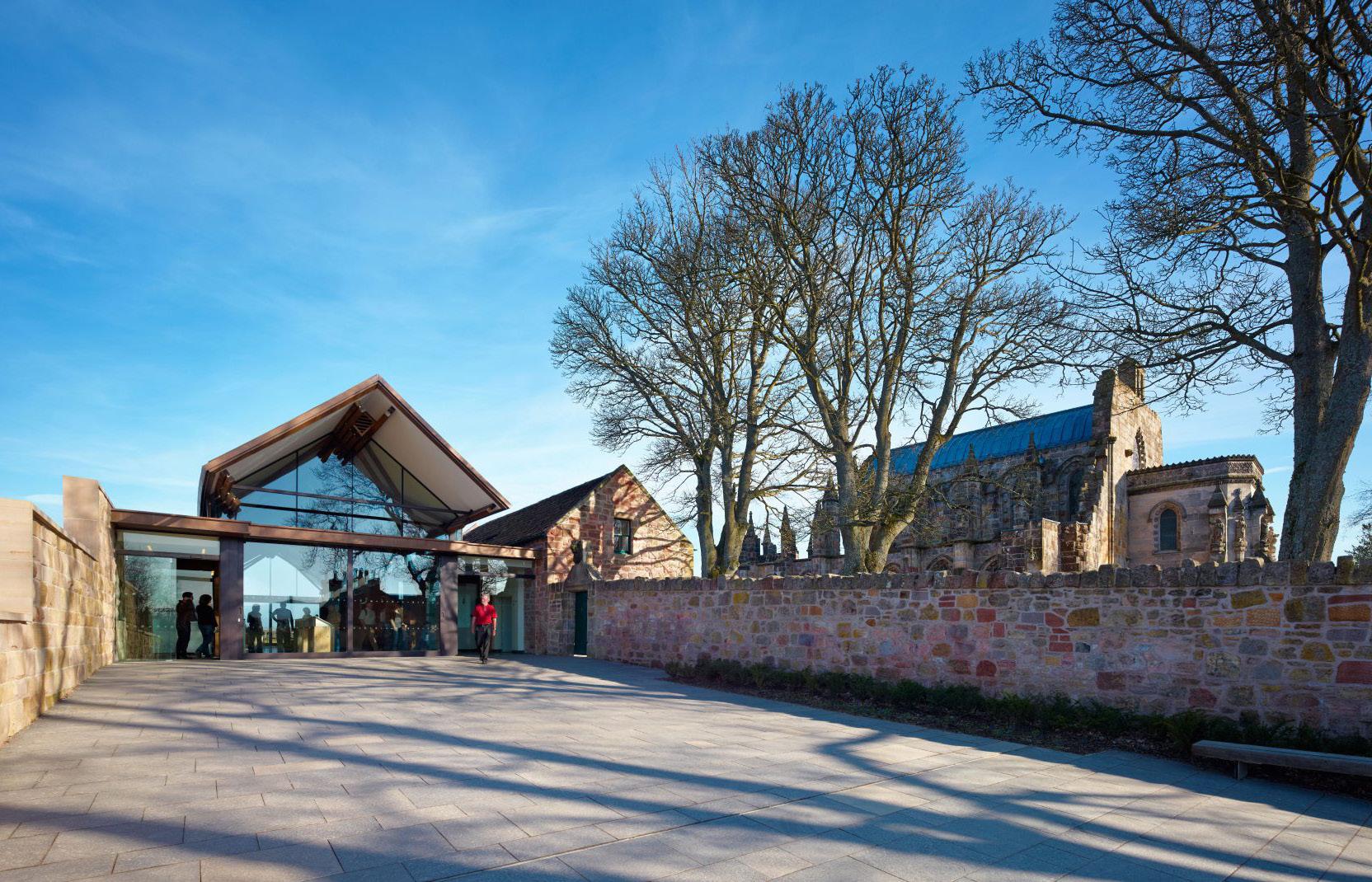
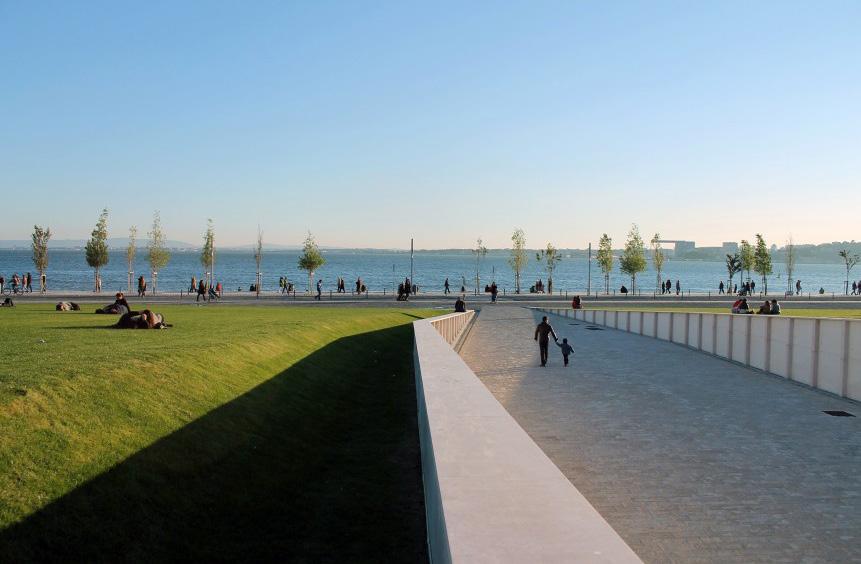
historic excavation integrated into contemporary urban space
Giuseppe Terragni’s Unbuilt Danteum – This proposal (enthusiastically received by Mussolini) endeavoured to recreate in physical form passages of Dante’s Divine Comedy. A rare example of a tangible manifestation of literature.
Global Arquitectura Paisagista Lda + PROAP Estudos’s Ribeira da Naus in Lisbon – A waterfront urban plan that included archaeological digging and historic research.
Page/Park’s Rosslyn Chapel Visitor’s Centre – A thoughtful response to a client’s need and pairing with the existing chapel structure.
I am investigating Greater Gorbals and Govanhill as potential locations for this scheme. I will also take some time exploring the connection of the two necropolii in the city: the main Necropolis in the city centre, and the southern necropolis in Gorbals. The idea of having a tale of two dead cities sounds like a mystery writer’s dream!
Greater Gorbals Population: 8,530 Urban Density: 7,265/km2
Govanhill Population: 9,725 Urban Density: 11,308/km2
Drumchapel
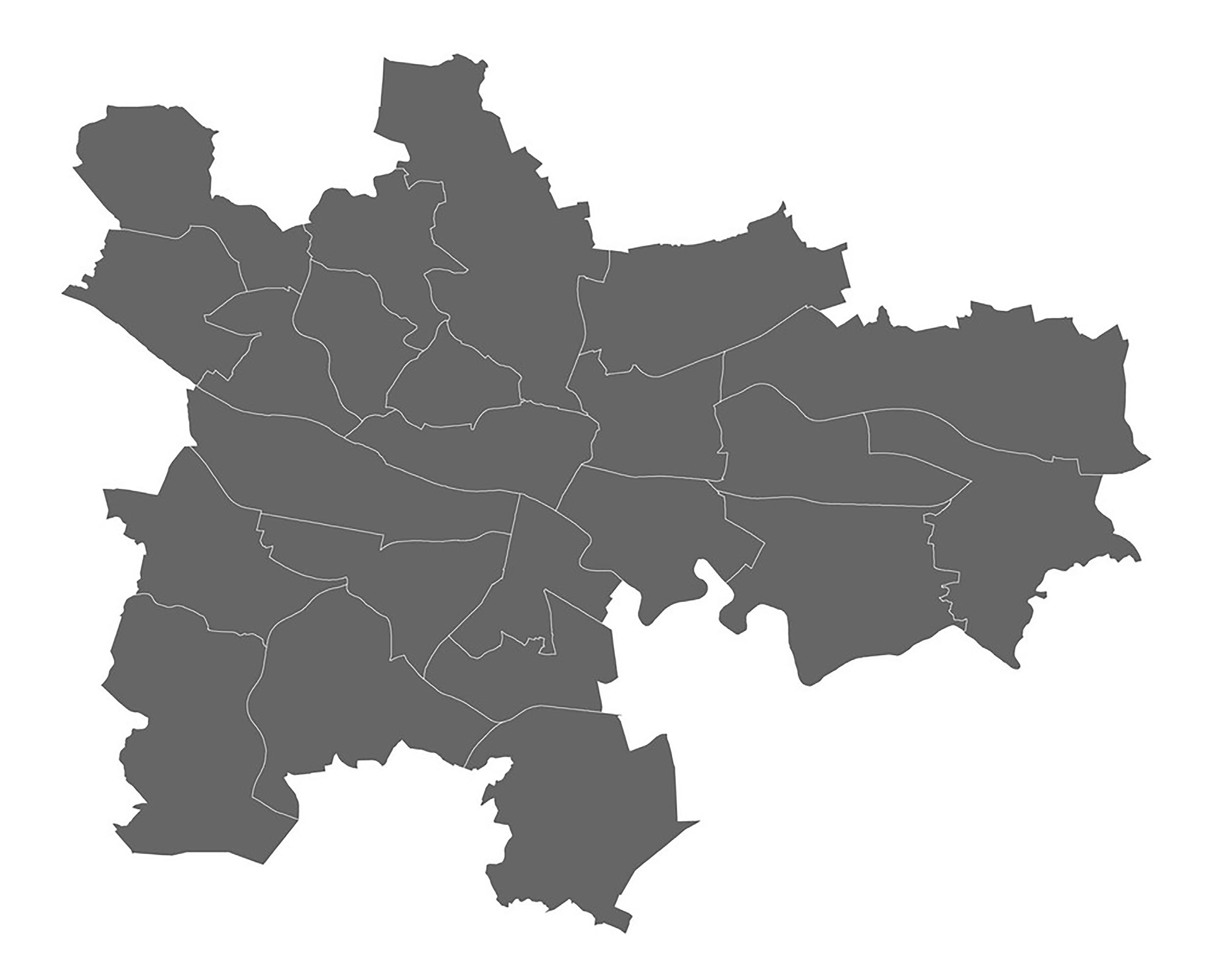
Blairsdardie North Maryhill/ Lambhill/Milton Temple/ Summerston Knightswood Anniesland Maryhill Robroyston/ Yoker/ Scotstoun Ruchhill/ Possilpark Hillhead/Woodlands Hyndland/ Dowanhill/ Partick East Broomhill/ Partick West Anniesland Kelvindale/ Kelvinside Road Corridor Springburn Balormock/ Barmulloch Sighthill/ Roystonhill/ Millerston Blackhill/ Hogganfield Riddrie/ Ruchazie/ Garthamlock Greater Govan Yorkhill/Anderston City Centre/ Merchant City Germiston Dennistoun Cranhill Haghill/ Springboig/ Cardonald/ Penilee/ Crookston Bellahouston/ Craigston/ Mosspark Ibrox/Kingston Pollockshields Greater Gorbals Calton/ Bridgeton Carntyne Tollcross/ Parkhead/ Dalmarnock Mount Vernon/ East Shettleston Barlanark Corkerhill/ North Pollock Shawlands/ Govanhill West Shettleston
Pollock Strathbungo Toryglen
Priesthill/ Househillwood Pollockshaws/ Mansewood Arden/ Cornwadric Newlands/ Cathcart Simshill Croftfoot King’s Park/ Mount Florida Langside/ Battlefield
South Nitshill/
Darnley Castlemilk
Carmunnock Easterhouse
Baillieston/ Garrowhill
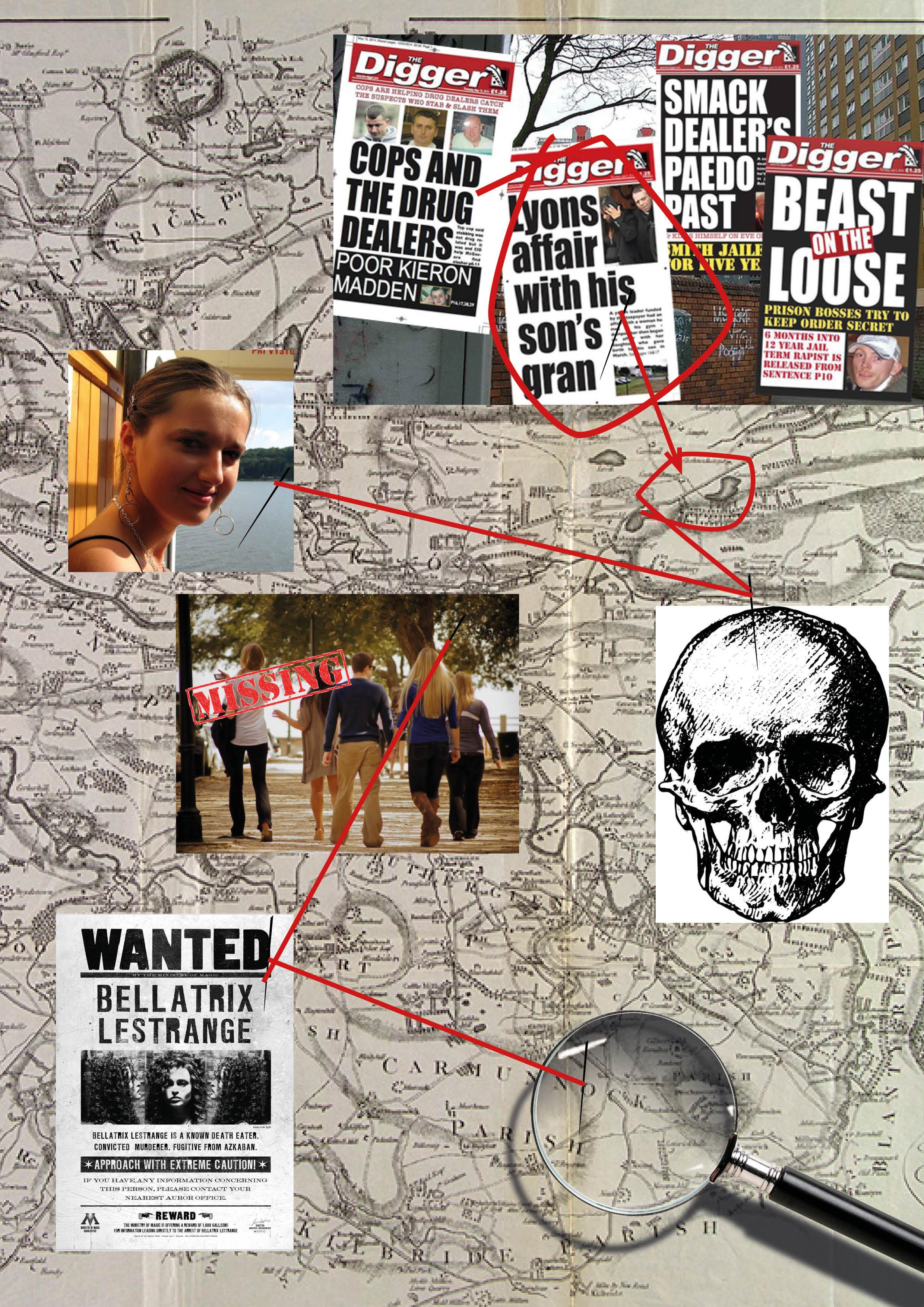
In this thesis I plan to explore the intersection of writing, crime, and the built environment. The entire genre of mystery novels owes its existence to the built environment. The characteristic suspense of the mystery novel would be lost without the ability to hide around a corner or behind a tombstone.
By researching and investigating the city like a mystery novelist, I hope to uncover forgotten but significant parts of the history of Glasgow. Looking at the main necropolis and southern necropolis in tandem with ancient courts or prisons will be a starting place. At present I do not have an idea of what the eventual programme will be, but it will need to be sensitive to the weight that such subjects deserve.

